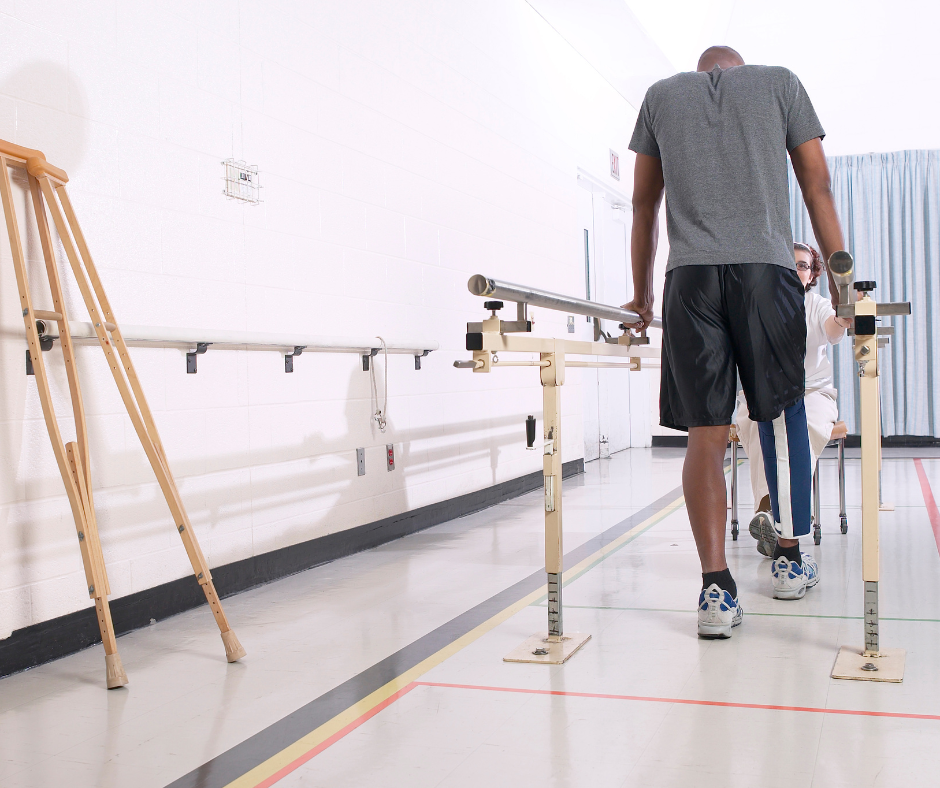Introduction: When Hope Moves Again
Imagine waking up and realizing that your life will never be the same — not because of a decision you made, but because of an accident, illness, or condition beyond your control. For millions around the world recovering from physical injury, disability, or trauma, the journey back to normalcy is not just physical — it is deeply emotional and psychological. And yet, in the silence of hospital wards and rehab centers, something powerful is taking shape: adaptive sports.
Adaptive sports are more than just modified versions of athletics. They are bridges — bridges to empowerment, recovery, and the rediscovery of purpose. This is not just sport. This is rehabilitation reimagined.
What Are Adaptive Sports?
Adaptive sports are athletic activities that are modified to meet the needs of individuals with physical, sensory, or intellectual disabilities. From wheelchair basketball to para-swimming, sitting volleyball to adaptive skiing — these sports allow participants to engage physically, emotionally, and socially, often surpassing their own expectations of what’s possible.
But the power of adaptive sports goes far beyond competition. They heal, restore dignity, and ignite hope.
Why Adaptive Sports Matter in Rehabilitation
-
Physical Recovery Beyond the Clinic
Rehabilitation often becomes a sterile routine. But adaptive sports inject energy, challenge, and motivation into physical therapy. When patients start moving again — chasing, lifting, pushing, striving — muscles remember, reflexes return, and the body begins to heal in ways machines cannot replicate.
-
Mental and Emotional Transformation
Depression, anxiety, and PTSD are often silent partners in recovery. Adaptive sports offer a psychological escape, a safe place to fail and rise again. Participants gain confidence, reduce stress, and begin to rebuild their self-image — not as patients, but as athletes, competitors, and survivors.
-
Social Reintegration and Empowerment
The journey through rehabilitation is often isolating. Adaptive sports reconnect people with the world — not only through teammates and coaches but through fans, volunteers, and a growing movement of support. You are not alone — that’s the message adaptive sports shout from the rooftops.
-
A Pathway to Independence
Every lap swum, every ball thrown, every goal scored is a step toward independence. Adaptive sports encourage decision-making, responsibility, and the ownership of one’s progress — not just in sport, but in life.
Real Stories, Real Impact
Across the globe, thousands have found new beginnings through adaptive sports. Veterans finding meaning beyond the battlefield. Children born with disabilities discovering their first taste of speed and freedom. Stroke survivors reclaiming movement they thought was gone forever. These are not exceptions — they are growing proof that adaptive sports are not optional; they are essential.
Urgency: We Cannot Afford to Wait
Millions are still in hospital beds, wheelchairs, and homes, unaware that such an opportunity exists. Why? Lack of awareness. Lack of access. Lack of support. It is not enough to admire adaptive sports from afar. We must act — today.
-
If you are a policymaker: fund adaptive programs in every hospital and school.
-
If you are in the medical field: recommend adaptive sports as part of your rehab plan.
-
If you are a coach or trainer: get certified to work with adaptive athletes.
-
If you are a parent or caregiver: explore local adaptive clubs and communities.
-
If you are a business owner: sponsor adaptive events and provide inclusive facilities.
-
If you are a survivor: know that your story doesn’t end with injury — it begins with resilience.
This is Bigger Than Sport. This is a Movement.
Adaptive sports are not a luxury. They are a lifeline. They are redefining rehabilitation by replacing silence with cheers, despair with determination, and limits with possibilities.
Let’s not wait for another person to give up. Let’s create a world where everyone, regardless of ability, has the right — and the opportunity — to rise, move, and thrive again.
The time to act is now.




